
CATEGORY
CONTACT US

JI FEI HOLDING LIMITED
Contact person:Jennifer.Ben
Mobile:0086-13968786644
Email: info@vibrationmotor.net
Skype:jfservice
Taptic Engine——Vibration Motor for iPhone
By magicxin
At 1 am Beijing time on September 10, 2015, Apple held the 2015 Apple Autumn New Product Launch at the Bill Graham Civic Auditorium in San Francisco. In this conference, new iPhone 6s, iPhone 6s Plus, Apple Watch more straps and body style, 12.9-inch iPad Pro, and new Apple TV games can be released.
Among them, iPhone 6s and iPhone 6s Plus bring a lot of "black technology" to the majority of fruit powder: 3D touch, 12 million pixel rear camera, livephoto and 4K video recording, powerful A9 processor... This made last year due to iPhone 6 and 5s compared to the increase is not big and depressed for a year, the fruit powder is too full of addiction. However, there is a truly veritable "black technology" that has been ignored by the public. Even at the press conference, it has only been taken over, that is, the Taptic Engine.
Before we officially introduce the Taptic Engine, let's take a look at what the vibration motors of the iPhones of all ages are.
The earliest iPhone has been using a vibration motor called "ERM eccentric rotor motor", which works like a normal electric motor, using an eccentric iron to generate vibration.
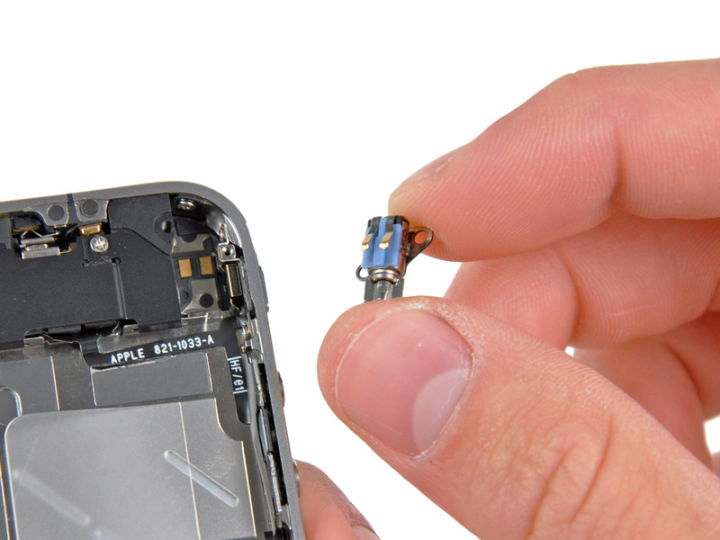
(The picture shows the ERM motor of the iPhone 4)
However, the rotor motor has its own limitations, such as slow start, slow brake, and no directional guidance, and more importantly, it can't be made thin. As the smartphone gets thinner, the rotor motor has already Unable to meet all kinds of requirements, so Apple began to focus on the next generation of mobile phone motors - "LRA linear motor."
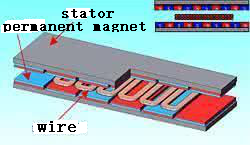
(The picture shows the working principle of the LRA linear motor)
The advantage of the linear vibration motor compared to the rotor motor is quite clear. On the one hand, the combination of spring and magnet, the power consumption is much reduced, and the vibration combination mode and speed can be more diverse and free, and more importantly, the vibration is more elegant, simply It's refreshing, it doesn't feel like the mobile phone is going to fall apart when it's on the table like some ERM phones.
In fact, the coin-type LRA motor was used on the CDMA version of the Apple iPhone 4 and the iPhone 4s, but it may be due to space considerations. Apple switched back to the ERM motor on the iPhone 5, 5c, and 5s.
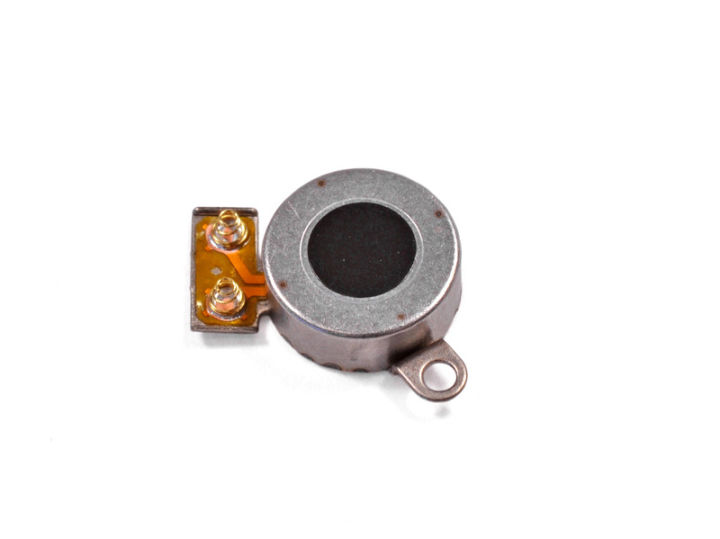
(The picture shows the LRA linear motor for iPhone 4 CDMA and iPhone 4s)
On the iPhone 6 and 6 Plus, Apple officially started using the long LRA linear motor, but the vibration feel is not much different from the iPhone 5s.
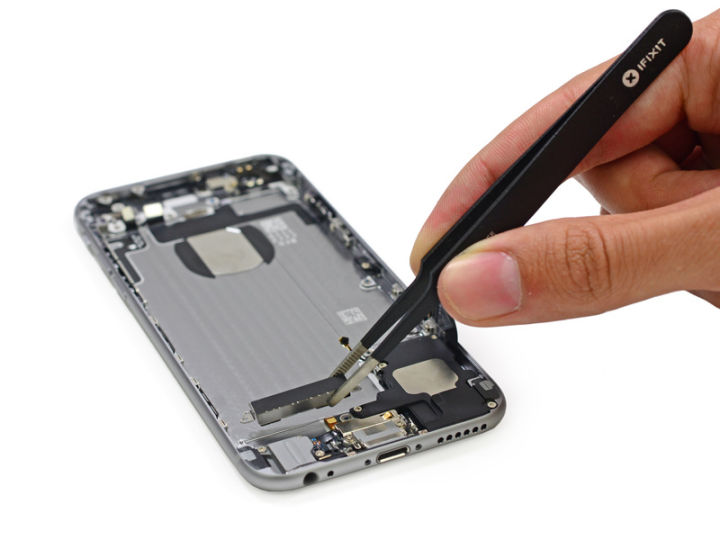
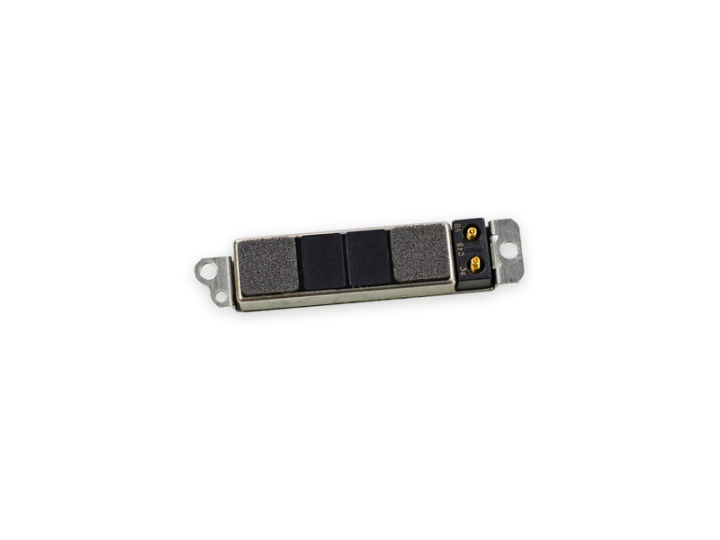
(The picture shows the LRA linear motor of the iPhone 6)
But on the iPhone 6s, we saw a completely different LRA linear motor with Apple's Logo and its own name - "Taptic Engine"
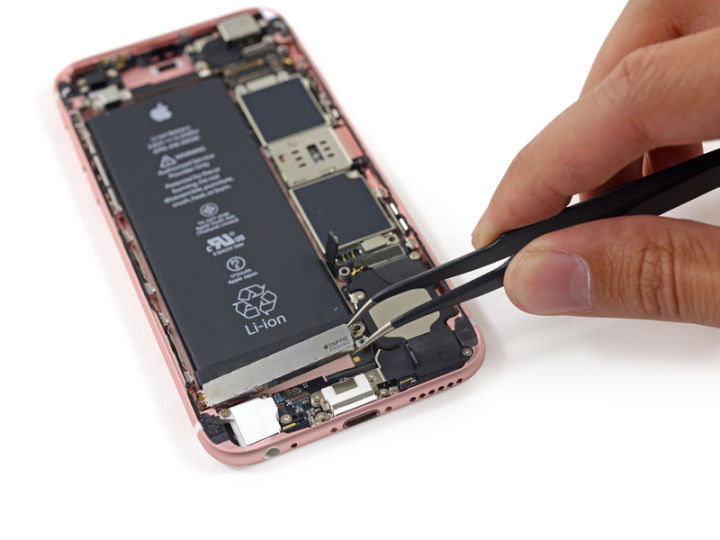
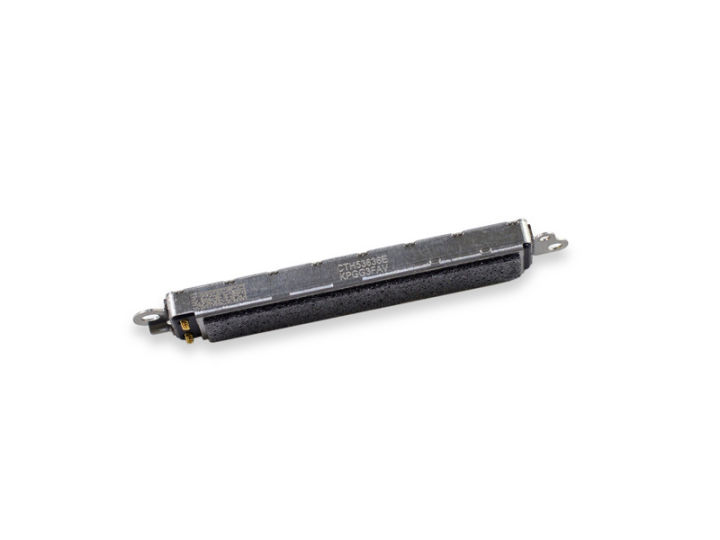
(The picture shows the iPhone 6s Tapic Engine linear motor)
On the iPhone 7 and iPhone 8, the Tapic Engine has become even bigger with the pressure-sensitive Home button.
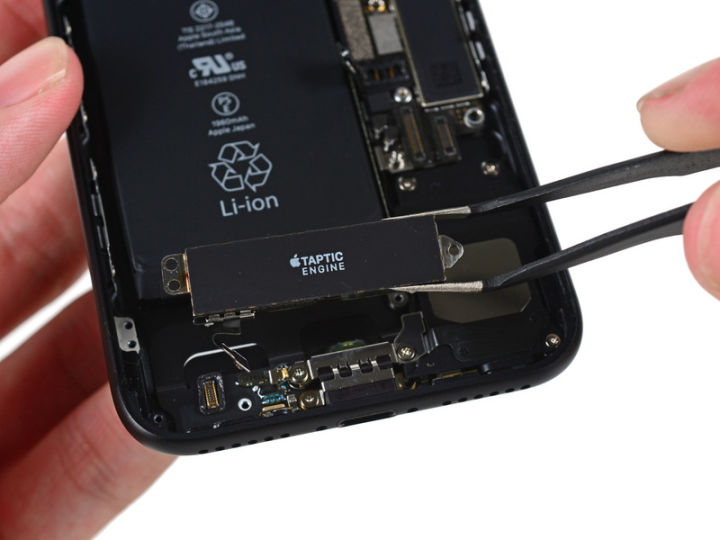
(The picture shows the Taptic Engine linear motor for iPhone 7)
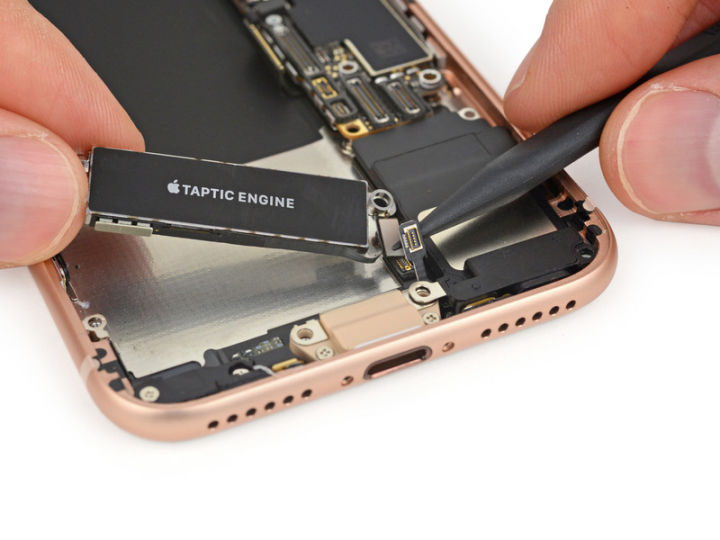
(The picture shows the Taptic Engine linear motor for iPhone 8)
Not only the iPhone, Apple Watch also uses the Taptic Engine motor.
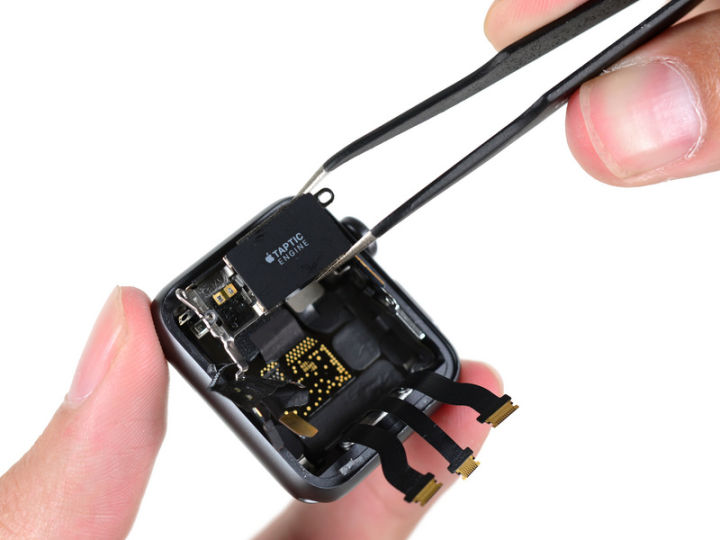
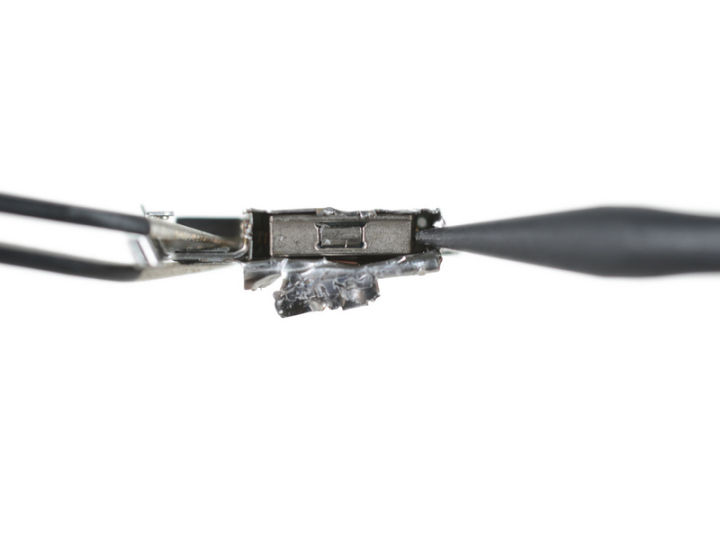
(The picture shows the Apple Watch series 2 Taptic Engine linear motor)
Because Apple has published too little information about the Taptic Engine, we have no way to know its technical mysteries and specific principle parameters.
But for example, the sound of motor vibration on the iPhone 6 and 5s is "sweet," and the vibration on the iPhone 6s and Apple Watch is "dengdeng".
Ok, I admit that it is very abstract, but friends who have used these products must understand the different feelings of the two motors. The Taptic Engine feels more crisp, the sound is smaller, and the amplitude is more obvious, so you can clearly feel the vibration feedback of the phone.
Seeing that someone here has said that I am "unknown by metaphysics", then we take the data to see:
According to Apple, the general mobile phone vibration motor needs at least 10 vibrations to reach full load, and the Taptic Engine only needs one cycle to start and stop quickly. Another "mini tap" can achieve 10ms vibration micro control, which is said to be "real time." Feedback is already very close.
And in the iPhone 6s settings, there is a default vibration option called "synchronization", which can almost reach the vibration rhythm that is completely synchronized with the prompt tone. As mentioned above, it needs a very good vibration start and stop performance, the past The iPhone, even the iPhone 6, which has been equipped with a linear vibration motor, can't do it.
At present, Apple seems that when the screen of the mobile phone or mobile device has reached such a state after the display and touch operations, the most intuitive control experience is to give the touch feedback. From ERM to LRA and Tapic Engine, to the next generation of more accurate and efficient vibration motors, perhaps our phones are not far from true “real-time feedback”.
Remarks:All the disassemble pictures in the text are from ifixit
 Jennifer
Jennifer



 Edit Content
Edit Content